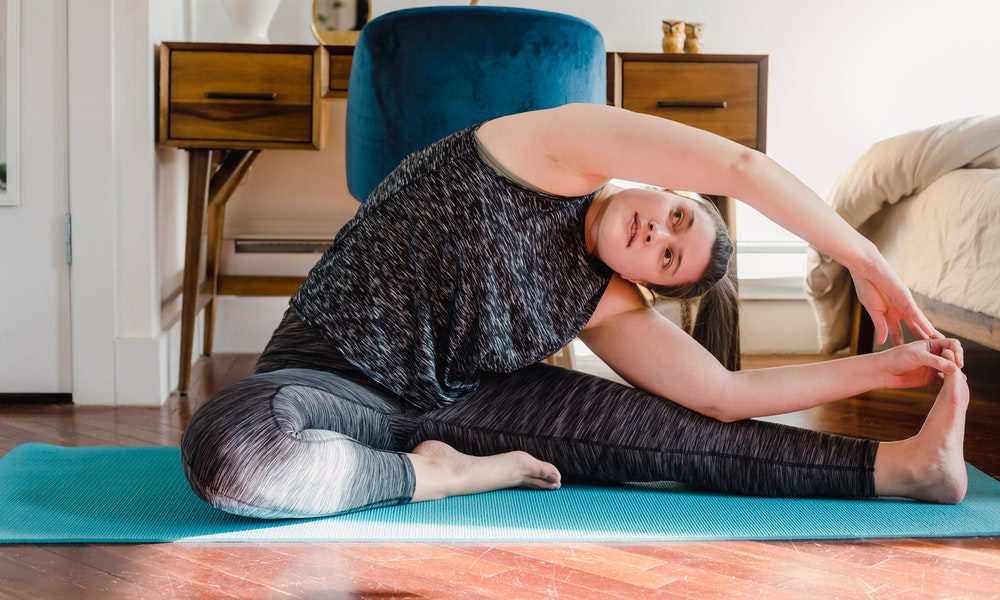Have you noticed that the price tags on those hip high-street items seem a tad higher these days? It is not just your favorite latte that is burning a hole in your pocket: The rising cost of living is making waves in the world of fashion too.
Toss in the undeniable urgency of the climate crisis, and you have a cocktail of concerns that some of our most stylish denizens are addressing in a very unexpected way. Now, let’s go ahead and dive into the details:

Arina / Pexels / While some are calling it quits, other buyers are not shy of going shopping.
Fashion Fades, Style Is Eternal
We have all heard the age-old Yves Saint Laurent quote: "Fashion fades, style is eternal." This mantra rings even truer today as fashion-forward individuals prioritize personal style over trendy consumption.
Rightly so! The mantra is working out. In an era where minimalism is increasingly chic, the need to buy the latest runway replica seems not just unnecessary. But in some cases, downright unfashionable.
Cost and Climate: The Double Whammy
The link between the rising cost of living and the growing climate crisis is undeniable. Resources are getting scarcer, and production costs are on the rise, leading to pricier commodities. Meanwhile, the fast fashion industry is a significant polluter, right up there with oil. The dyes, water usage, and waste all contribute to environmental degradation.
A no-new-clothes approach is not just a quirky personal challenge. Instead, it is a formidable stand against two pressing global issues. By choosing to reduce or stop purchasing new garments, these fashionistas are also choosing sustainability, affordability, and, believe it or not, style.

Ron / Pexels / In the economic restrictions, fashion lovers are repeating the old mantra: "Fashion fades, style is eternal."
The Thrift Store Revolution
Enter the era of thrift treasures and vintage finds! Second-hand shops have become the new style meccas, offering fashion lovers a chance to find unique pieces without the environmental (or wallet) guilt. From 90s windbreakers to timeless leather jackets, the options are endless. A
nd the best part? Thrifting also reduces demand for new clothes, making it a direct stand against fast fashion and its detrimental environmental impacts.
Upcycling and DIY: The Creative's Playground
Fashion has always been about self-expression. For those who have embraced the no-new-clothes lifestyle, creativity reigns supreme. Got a dress that has gone out of style? Refashion it! Jeans torn at the knee? Sounds like it is time for some custom embroidery.
The DIY culture has emerged as a formidable force in the fashion scene, turning every wardrobe malfunction or outdated piece into a canvas for new art.

Gustavo / Pexels / As no-new clothes trends, fashion lovers are finding creative ways to keep up their glamor.
Fashion Swaps: More than Just Trading Clothes
The concept of fashion swaps has gained momentum, adding a communal dimension to this movement. Groups gather, bringing garments they no longer wear, and swap them with each other.
It is not just about getting a 'new' outfit. Instead, it is about connection, community, and sharing personal style stories. These swaps have become events where style, sustainability, and society merge.
Thus, the decision to stop buying new clothes might seem radical to some, but its implications are profound. It is a response to a changing world, one that demands we look critically at our consumption patterns. It challenges the very notions of trend-driven fashion industries and calls for a return to genuine, personal style.




